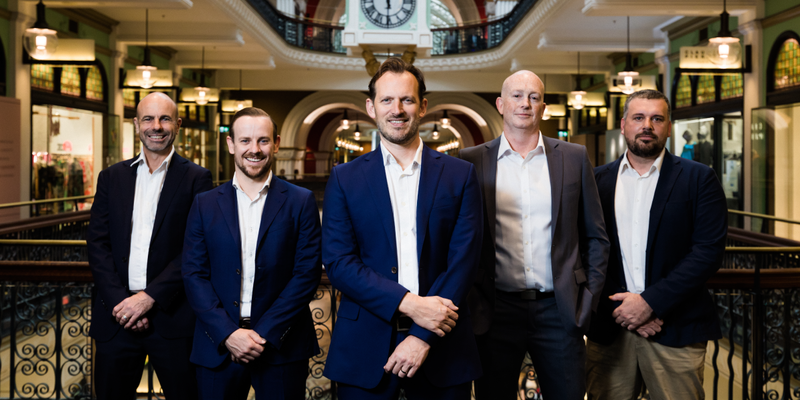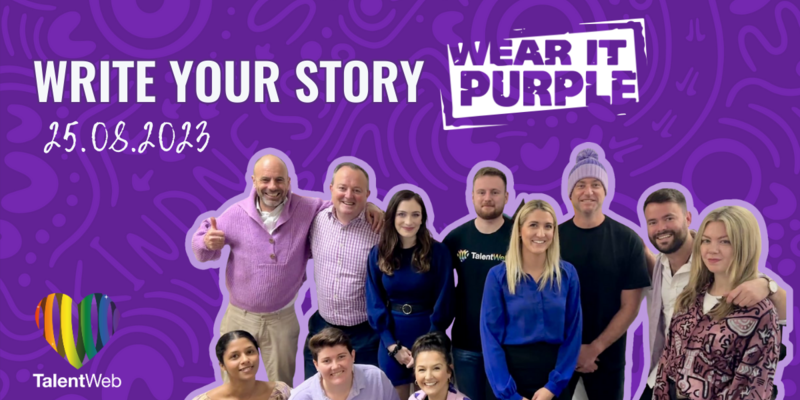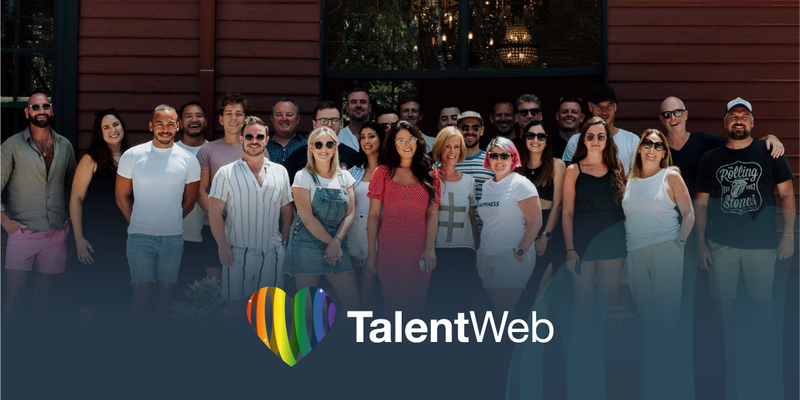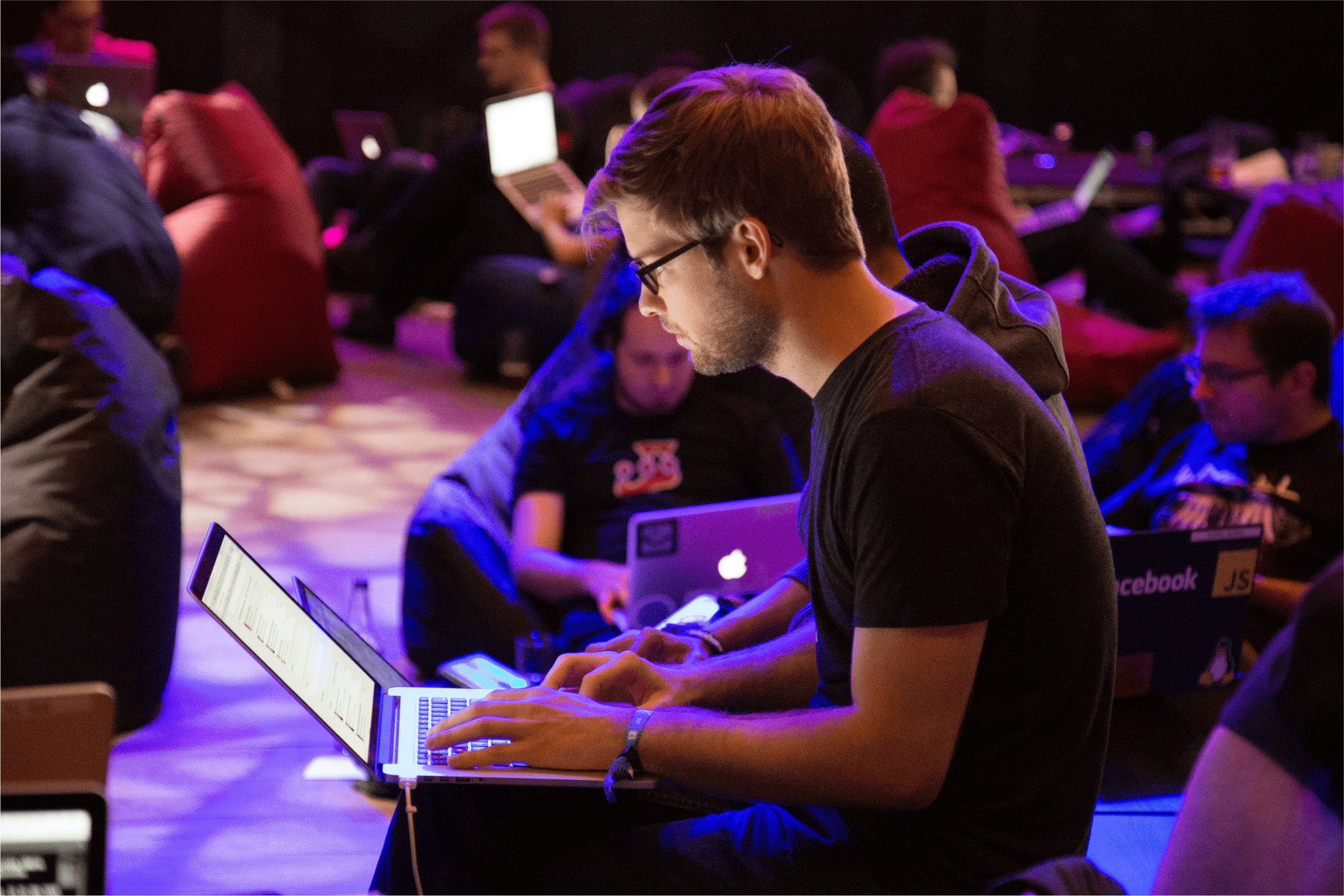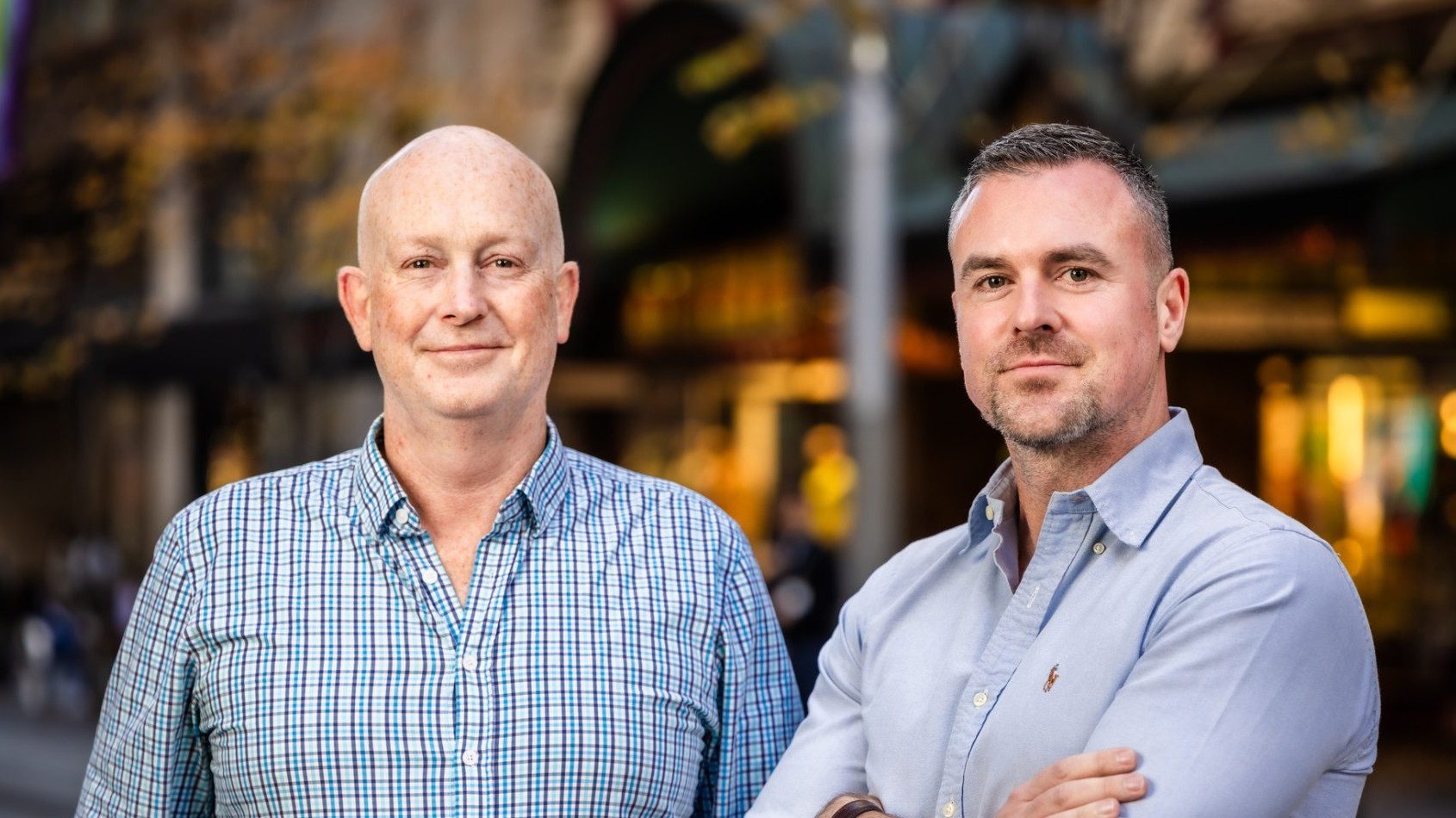
January 4, 2024
Becoming a strong LGBTQ+ ally isn’t a box-ticking approach or one-off gesture – it’s a way of making a workplace more human, engaged and where people can bring their best selves to work. The impact of strong allyship can be enormous. If you’re looking for ways to make a difference, read on to learn how to be an ally in the workplace and build a culture of inclusivity.
Create a Safe Space
Workplace safety isn’t just about following OHS protocols and fire drills. LGBTQ+ allies understand that a safe workplace is one where exclusion and harassment are quickly identified and addressed.
The AWEI report shows that just 47.4% of trans and gender diverse people said they feel safe and included within their immediate team, while only 63.9% reported feeling mentally well at work. These findings suggest a significant number of organisations aren’t actively using ways to support their LGBTQ+ employees with allyship.
Encouraging a safe workplace for LGBTQ+ employees begins with clear HR policies for dealing with exclusion and harassment, along with diversity and inclusion training, to help increase all employees’ cultural awareness and knowledge, and sensitivity to issues faced by LGBTQ+ people. With these important foundations, leaders and employees can be better-informed allies who can recognise unacceptable actions or behaviour and draw critical attention to it.
Be Attentive and Actively Listen
Getting to know colleagues and developing an understanding of their work, lives and aspirations helps shape an environment of understanding that is crucial for allyship. The more understanding colleagues can cultivate for each other, the better everyone can support each other and speak up for their LGBTQ+ colleagues.
Actively listening – being fully present and not interrupting – is just as important as showing compassion and empathy when LGBTQ+ colleagues are sharing their experiences. In practice, active listening also includes making the effort to learn someone’s preferred name and pronouns and paying attention to how they talk about themselves. If you’re in doubt about how someone would like to be addressed, ask them! It’s a show of respect to your LGBTQ+ colleagues and an affirmation of their identity.
Good allyship also includes showing attention to employees who might be demonstrating signs of feeling excluded or marginalised at work. LGBTQ+ colleagues who aren’t contributing to meetings, or speaking up during periods of socialising at work, could be feeling left out or misunderstood. In remote work environments, they may keep their video turned off during calls. If you’re observing these signs, check in with them and ask if they need support.
Be a Champion of LGBTQ+ Talent
As a workplace ally, you have opportunities to be a sponsor and champion of LGBTQ+ colleagues, by highlighting their good performance, connecting them to opportunities and recognising celebrations and milestones that are important to the LGBTQ+ community.
To be a sponsor of LGBTQ+ talent, actively seek ways to provide them with development opportunities and stretch projects that recognise their skills. Giving rewards and recognition to high-performing LGBTQ+ employees also helps increase visibility of diverse identities within the organisation and uplifts people who are part of marginalised groups.
Celebrating major events and festivals in the workplace is another way to increase visibility of LGBTQ+ communities. Look out for key dates and moments that might be important in the lives of your LGBTQ+ colleagues and recognise them at work. For example, your organisation could host a social event to celebrate Pride or Mardi Gras celebrations, post a video to social media highlighting the diversity of your employees or participate in a fundraising event for a LGBTQ+ charity.
Use Objective Measures of Excellence for Hiring, Remuneration and Reward
True allyship isn’t possible without workplace recruitment, selection and performance management practices that are equitable, and based on objective and transparent metrics.
Before you start hiring, take time to establish the core skills and competencies required for the role. To reduce bias in the recruitment and selection process, it’s important to challenge what might be regarded as conventional wisdom and ask why a particular role requires a particular ‘type’ of person.
It’s wise to experiment with the wording of job advertisements by making the language as gender neutral as possible. Avoid unstructured job interviews and instead standardise the process by asking each candidate the same questions.
When managing employee performance and giving feedback, apply the same criteria to everyone, and be transparent about how performance is measured against business goals. Using these measures can help create a level playing field when assessing talent for the organisation.
Last Thoughts
What is true of allyship is true of all companies with a positive workplace culture – a commitment to inclusiveness where all employees are encouraged to be themselves and are motivated to reach their full potential.
These tips for LGBTQ+ allies are ideal to get the conversation started and we encourage you to workshop different approaches with your teams.
At Talent Web, our support of LGBTQ+ communities is part of our dedication to championing diverse workplaces across Australia and making the workplace a positive place for everyone.
